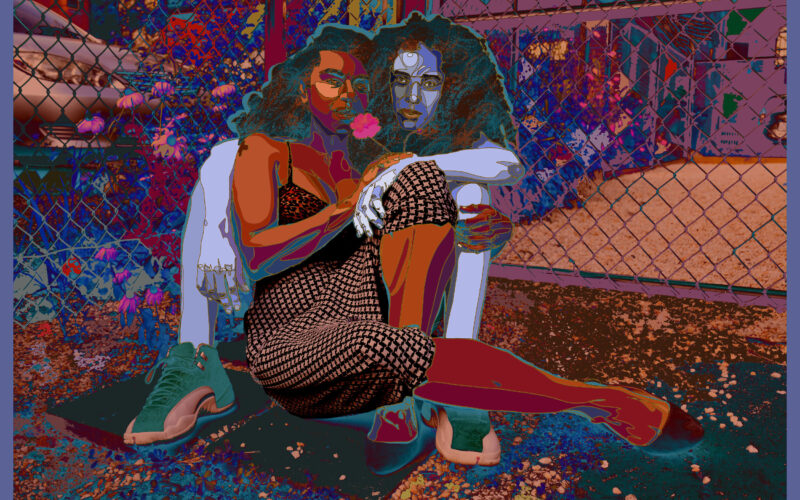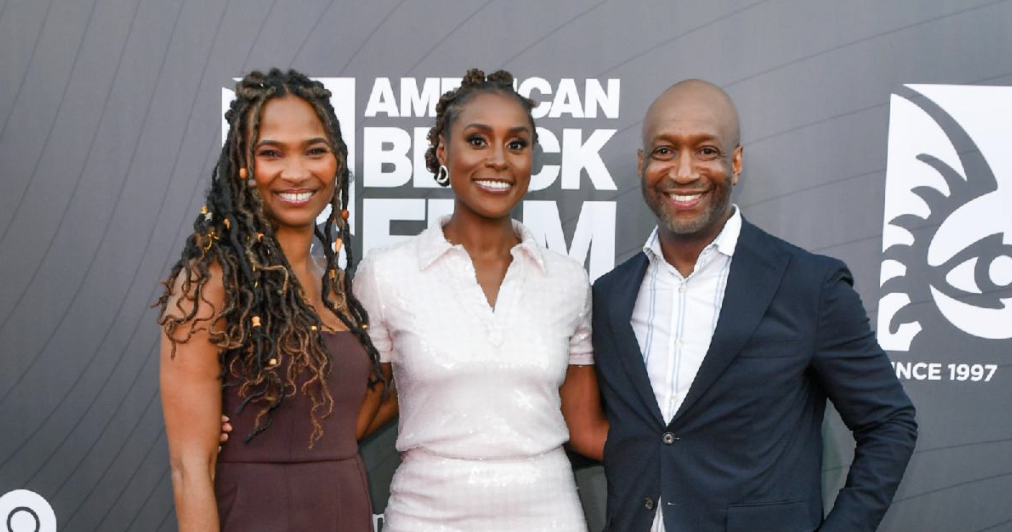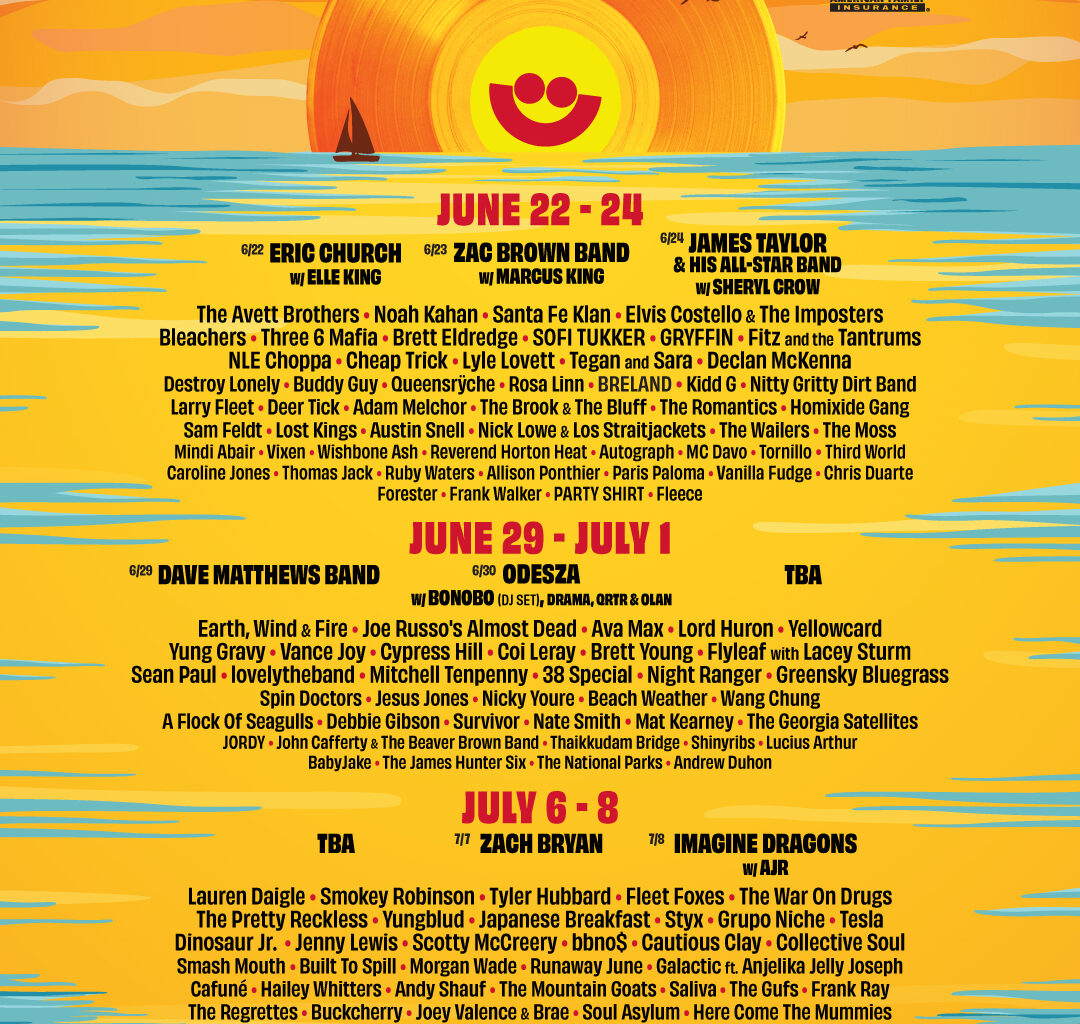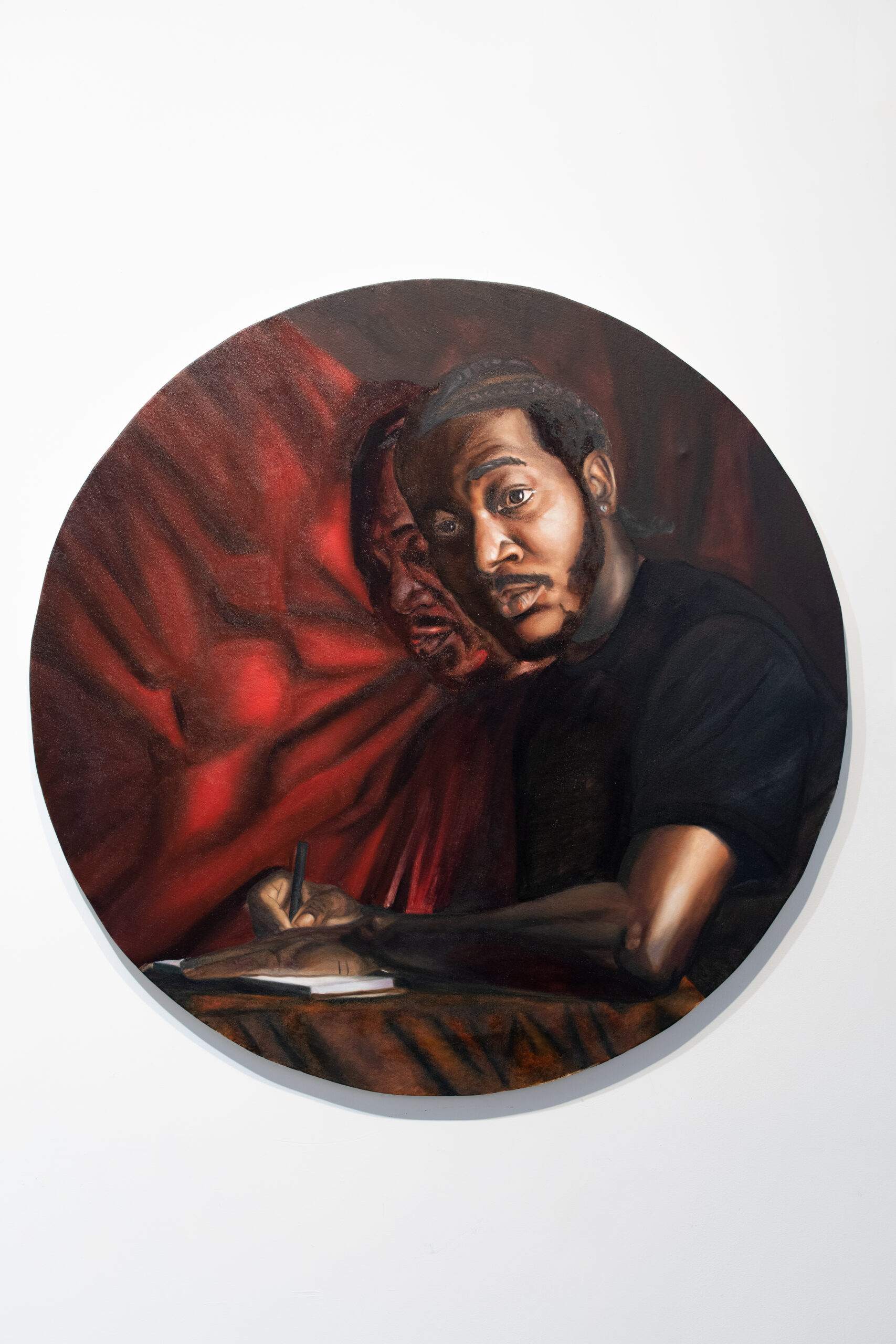Coinciding with the 50th anniversary of the birth of hip hop, the Baltimore Museum of Art will open a groundbreaking exhibition that explores the conceptual, cultural, and aesthetic attributes that have made hip hop a global phenomenon and established it as the artistic canon of our time. Opening on April 5, 2023, The Culture: Hip Hop and Contemporary Art in the 21st Century features more than 90 works of art by some of today’s most important and celebrated artists, including Derrick Adams, Mark Bradford, Lauren Halsey, Julie Mehretu, Adam Pendleton, Tschabalala Self, Hank Willis Thomas, and Carrie Mae Weems, as well as several with ties to Baltimore and St. Louis such as Devin Allen, Monica Ikegwu, Amani Lewis, Anthony Olubunmi Akinbola, Damon Davis, and Jen Everett. Their work is presented in dynamic dialogue with fashion and objects created and made famous by Lil’ Kim, Dapper Dan and Gucci, and Virgil Abloh for Louis Vuitton, along with iconic brands like Cross Colours and TELFAR. Together, the works in The Culture weave a compelling narrative about art and culture that is rarely experienced in a museum context—and one that highlights a broad array of conceptual and material innovation. The exhibition will have significant personal and communal resonance for those steeped in hip-hop culture, while providing a crash course into the explosive impact of the genre over the past two decades for those less versed.
The Culture is a ticketed exhibition co-organized by the BMA and the Saint Louis Art Museum (SLAM) and will be on view at the BMA from April 5 to July 16, 2023, and at SLAM from August 25, 2023, to January 1, 2024. It is co-curated by Asma Naeem, the BMA’s Eddie C. and C. Sylvia Brown Chief Curator and Interim Co-Director; Gamynne Guillotte, the BMA’s Chief Education Officer; Hannah Klemm, SLAM’s Associate Curator of Modern and Contemporary Art; and Andréa Purnell, SLAM’s Audience Development Manager. The Culture is accompanied by an expansive catalog with contributions from more than 50 artists, writers, scholars, curators, and arts leaders. The exhibition and book are further supported by an extensive network of advisors, including community members, artists, and scholars in the study of hip hop.
“Hip hop’s influence is so significant that it has become the new canon—an alternate set of ideals of artistic beauty and excellence centered around the Afro-Latinx identities and histories—and one that rivals the Western art historical canon around which many museums orient and develop exhibitions,” said Naeem. “Many of the most compelling visual artists working today are directly engaging with central tenets of this canon in their practices, in both imperceivable and manifest ways. Whether through the poetics of the street, the blurring of high and low, the reclamation of the gaze, the homage to hip-hop geniuses, or the experimental collaborations across such vastly disparate fields as painting, performance, fashion, architecture, and computer programming, the visual culture of hip hop along with its subversive tactics and its tackling of social justice surface everywhere in the art of today.”
Hip hop first emerged as music from Black, Latinx, and Afro-Latinx Americans living in the Bronx in the 1970s. It quickly proliferated through large-scale block parties to encompass an entire culture that includes the four pillars of MCing or rapping; DJing; breakdancing; and graffiti writing and arts. From its inception, hip hop critiqued dominant structures and cultural narratives and offered new avenues for expressing diasporic experiences and creating alternate systems of power, leading to a fifth pillar of social and political consciousness and knowledge-building. Over the past two decades, in particular, technology, social media, and capitalist interests have enabled hip hop to grow in complexity and reach, taking on new regional styles across the United States and around the world.
The Culture explores this pivotal and fertile era through a wide range of painting, drawing, photography, sculpture, video, and installations organized in six themes—Language, Brand, Adornment, Tribute, Ascension, and Pose. The exhibition experience begins as visitors encounter a pulsing soundscape created by Baltimore-based musicians Abdu Ali and Wendel Patrick, plus several artworks placed outside of the gallery, including a large-scale tribute to Nike Air Force 1 sneakers. The gallery design created by the Washington, DC-based firm SmithGroup veers away from the white cube aesthetic typically seen in museums and incorporates engaging displays for the archival materials.
Visual Art Highlights
Gajin Fujita, Ride or Die. (2005)—Fujita’s monumental painting depicts a Japanese samurai, surrounded by graffiti tags, riding into battle on horseback with an L.A. Dodgers logo emblazoned on his otherwise traditional helmet, merging Eastern and Western motifs to dynamic effect.
Carrie Mae Weems, (2017)—In this photograph commissioned for W Magazine’s 2017 art issue, Weems adorns musician Mary J. Blige with a crown, honoring her as the “Queen of Hip Hop Soul” and positioning her within an illustrious lineage of Black icons. The work also beautifully captures the confluence of popular media, fine art, and music.
Jordan Casteel, Fendi (2018)—This large-scale painting captures an unidentified figure riding the subway, holding bags conspicuously branded with Fendi logos in their lap. The painting suggests the rider’s affiliation with the luxury brands, while also strikingly at odds with reality.
Lauren Halsey. auntie fawn on tha 6. (2021)—Made popular throughout the 21st century by such musicians as Lil’ Kim, Nicki Minaj, and Doja Cat, candy-colored synthetic hair has become a powerful adornment within Black communities. Halsey’s rainbow-hued work elevates and appreciates it as an artform.
Derrick Adams, Heir to the Throne. (2021)—This non-fungible token (NFT) is inspired by the cover of Jay-Z’s 1996 debut studio album, Reasonable Doubt. This tribute nods to the future of art, as well as the second generation of hip hop leaders.
Caitlin Cherry, Bruja Cybernetica. (2022)—In this work, Black female performers and femme avatars pose amidst a masterful bricolage of patterns encompassing moiré, prismatic flares, radiating waves, and a refractive shattering of the picture plane.
Stan Douglas, (2022)—Douglas’ powerful two-channel video is a fictitious cross-cultural collaboration between U.K. grime rappers Lady Sanity and TrueMendous and Mahraganat artists Raptor and Youssef Joker, who mix hip hop, techno, and Egyptian folk music. It is presented in the BMA’s contemporary wing as an extension of the exhibition. Major video works by Arthur Jafa and Kahlil Joseph are also shown in black box screening areas within the exhibition galleries.
Fashion & Material Culture
Among the fashion highlights are seven tracksuits, including a leather Adidas Superstar track jacket created by Grammy award-winning artist Pharrell Williams in collaboration with Adidas; a suit by the Nigerian streetwear brand WAFFLESNCREAM, with fabric created by the Yoruba people; and an example from the Black Track collection released this year by luxury brand TELFAR. Additional fashion examples include looks from Virgil Abloh’s collections for Louis Vuitton, legendary streetwear brand Cross Colours, and Dapper Dan and Gucci, among others. Highlights of historic ephemera include a copy of the Jean-Michel Basquiat/Rammellzee Beat Bop / Test Pressing (1983) album, a Vivienne Westwood Buffalo hat (1984) made famous by Pharrell Williams at the 2014 Grammy awards, and several of Lil’ Kim’s iconic wigs recreated by the original hair stylist Dionne Alexander.
Community
To further illuminate hip hop’s influence, the exhibition incorporates artists with deep ties to Baltimore and St. Louis—both cities with deeply engaged communities of visual artists and musicians. Baltimore artists include Devin Allen, Larry W. Cook, NIA JUNE with APoetNamedNate and Kirby Griffin, Monica Ikegwu, Amani Lewis, Megan Lewis, Charles Mason III, Murjoni Merriweather, and Ernest Shaw Jr. Additionally, Baltimore-born, Los Angeles-based artist Shinique Smith will create a commissioned mural that will be located downtown near Lexington Market. St. Louis and Missouri artists include Anthony Olubunmi Akinbola, Damon Davis, Jen Everett, Aaron Fowler, Kahlil Robert Irving, Yvonne Osei, and Adrian Octavius Walker. The final gallery of the exhibition features an interactive installation that invites the public to share their hip hop experiences to create a living public archive that recognizes hip hop’s community-centered roots.
Catalog










